五百罗汉堂优化The Five-Hundred-Arhat Hall of Taimu Mountain is a Buddhist building with profound history and cultural heritage in Taimu Town, Fuding City. The following is an introduction to it:

New: AI passthrough!
This amazing Deo feature uses the power of AI to turn every VR scene into AR passthrough! Now you can take characters out of VR and have them right there with you - as if they were in the same room.
Notice: AI Passthrough is presently in beta mode, and as such, users may encounter occasional service imperfections. The feature is currently exclusive to the DeoVR app, but it will soon be accessible on both browsers and mobile devices. Your feedback is highly encouraged and appreciated.
Recommended headsets:
Meta Quest 3, and Quest Pro with stereoscopic color passthrough, Pico 4 (monoscopic color passthrough).
Compatible headsets:
Quest 2, Valve Index (monoscopic black and white passthrough).
Passthrough is not compatible yet for Oculus Link cable.
Check out our complete guide to passthrough and join in the discussion at our busy forum.
Historical Origin: The Five-Hundred-Arhat Hall was first built in the Tang Dynasty and has been rebuilt and expanded many times in the Song, Yuan, Ming and Qing dynasties. The existing building is in the scale of the temple rebuilt in the Qing Dynasty.
Architectural Layout: The buildings in the temple are arranged along the central axis in turn as the Heavenly King Hall, the Mahavira Hall and the Five-Hundred-Arhat Hall. The Mahavira Hall is the main building, with the Eighteen-Arhat Halls on both sides. Behind the Mahavira Hall is a group of simple and solemn buildings, including the Five-Hundred-Arhat Hall, the San Guan Hall, the east and west wing-rooms, etc.
Internal Structure: In the Five-Hundred-Arhat Hall, there is a statue of Sakyamuni in the middle, and behind the statue is a statue of the 接引 Buddha. On both sides are arranged 500 arhat statues. These arhat statues are the same size as adults and are exquisitely carved from Burmese jade. They are of different shapes and lifelike, and are known as the "Best in China". In addition, there are six large-scale statues in the hall, namely

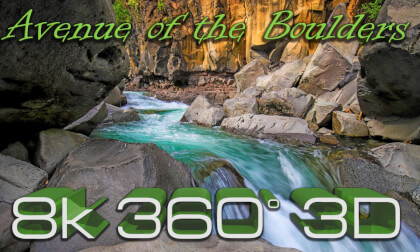
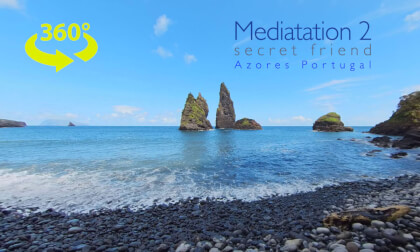
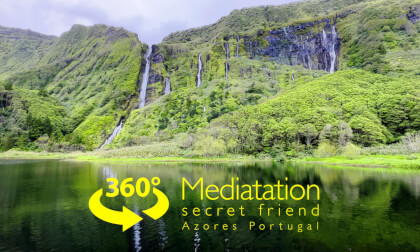


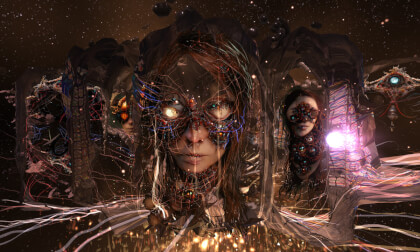
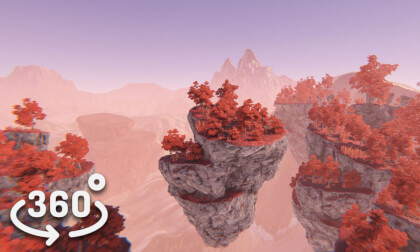









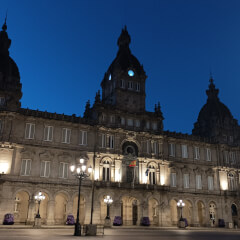








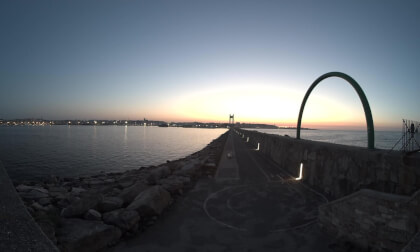


![[8K][60fps] A trip to Sevilla with AcePro2 (with music) [8K][60fps] A trip to Sevilla with AcePro2 (with music)](https://cdn-vr.deovr.com/images/88923/77488_kfps-a-trip-to-sevilla-with-acepro-with-music-cover-app.jpg)

![【SAMPLE】🌙 [Nighttime at Musashi Ichinomiya Hikawa Shrine — Experiencing the “Tokimusubi no Mori” Projection Mapping (8K VR180 & Binaural Audio)] ✨🌌 Chapter One‼ 【SAMPLE】🌙 [Nighttime at Musashi Ichinomiya Hikawa Shrine — Experiencing the “Tokimusubi no Mori” Projection Mapping (8K VR180 & Binaural Audio)] ✨🌌 Chapter One‼](https://cdn-vr.deovr.com/images/90146/82060_sample-nighttime-at-musashi-ichinomiya-hikawa-shrine-experiencing-the-tokimusubi-no-mori-projection-mapping-k-vr-binaural-audio-chapter-one-cover-app.jpg)

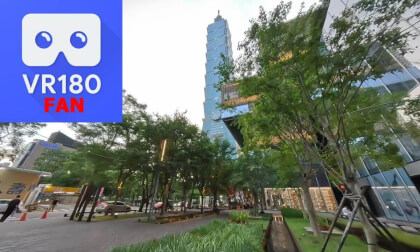


![[8K][60fps] A trip to Sevilla with AcePro2 (no music) [8K][60fps] A trip to Sevilla with AcePro2 (no music)](https://cdn-vr.deovr.com/images/88908/57733_kfps-a-trip-to-sevilla-with-acepro-no-music-cover-app.jpg)